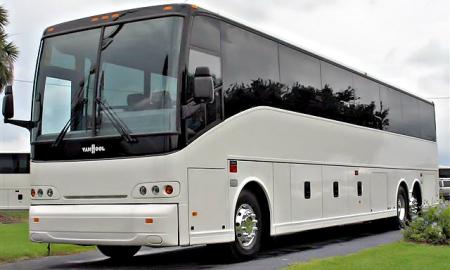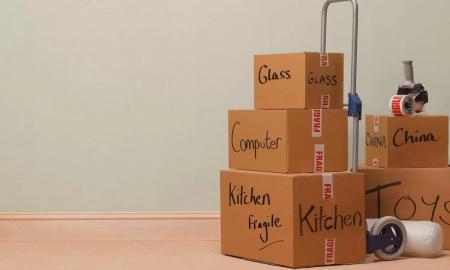It wasn’t that long ago that Amazon announced its drone delivery service. The company promised to fulfill orders on the same day you purchased them via an autonomous drone.
Depending on where you lived, these drones could even deliver a package within an hour of the purchase time. This has been just one of many instances in which autonomous aviation has come into play.
It’s also had a striking military application. Autonomous drones have been used for surveillance and even missile assaults. They have made air warfare safer for the service people involved, as well as saved time and money.
It made sense to use autonomous flying machines in these situations, but that raises the question of whether we might ever see a day when autonomous passenger aircraft travel the skies? Perhaps, but it may take time for many citizens to accept it.
Experts Predict Autonomous Flights by 2068
Autonomous passenger planes are closer than you might think. According to predictions by some experts, we could see the takeoff if the first autonomous flight in no more than 50 years from now.
“Take this concept a bit further and, in a few years, with enough automation built in, you may really need just a ‘safety pilot’ to be there, in case something unexpected happens,” Pascal Traverse of Airbus told CNN Travel.
But years of testing remain before we get to that point. Even though planes currently have many autonomous features in their flight deck systems that enable them to fly with very little direction, humans are still needed to make essential decisions and navigate unusual situations.
“One of the main challenges is modeling the unknown unknowns,” Traverse explains. “When the unexpected happens, a human pilot should be able to react or to draw analogies with similar situations and resolve it, but it is not so easy to teach a machine to take into account all that many variables.”
As with autonomous motor vehicles on the ground, years of extensive testing will be necessary to ensure every variable gets addressed. The very best technology will have to pass safety and consumer approval tests.
Are You Ready to Fly Without a Human Pilot?
This was the question posed by a New York Times reporter while discussing the advances made in self-flying airplanes. He found that passenger discomfort is the number-one barrier to putting autonomous passenger planes in the skies.
“As technology continues to improve, automation becomes more reliable and can manage more tasks and more sophisticated ones. In parallel, the role of the pilot is evolving,” Airbus told the Times. “The pilotless aircraft is not only a matter of technical feasibility, but also social acceptability (not only the industry, but also the traveling public).”
Thus, it’s not an issue of whether or not airplanes are able to land autonomously. They already possess auto-landing capability; all a pilot has to do is engage the feature. However, too many passengers still do not feel comfortable in an aircraft that lacks a human operator “at the wheel.”
Near-perfect performance scores on all logistical tests will be necessary to remove humans from the cockpit. In the event of a freak accident, it’s still easier to forgive the humans who made mistakes rather than technology and institutions that allowed the aircraft to fly. It will take years of research and support to evolve the technology to a place where it will become generally accepted.
“From what I see, could it happen in the distant future? I think it probably could. Will it happen in the near future? I don’t think so,” Michael Wiggins, the chairman of the aeronautical science department at Embry-Riddle Aeronautical University in Florida, told Wichter.
“Right now, any progress toward that area should be done very slowly, very measured and only after a bunch of research with results that suggest we should do that.”
Look for Other Signs of Automation
Although it will be years before we can remove the cockpit crew from commercial flights, we’ll see more and more signs of autonomy in planes. For example, automation plays a huge role in disaster aversion.
Ella Atkins, a professor of aerospace engineering at the University of Michigan, works on the design of automated systems that prevent risky situations such as low-altitude flying and other potential accident scenarios. “You’re looking at very simple calculations, and if the answer is yes, then the automation can and should stop that accident from happening,” she told NBC News.
Pilots are also training in augmented-reality training centers before they even get to sit in a cockpit. This has removed training barriers that have raised the demand for pilots in the past. Since most aircraft computers are nearly fully automated anyway, it’s not necessary for pilots to do all their training in a real plane.
All the signs are there. Autonomy and automation will fill the aviation space for years to come. It’s not a matter of if autonomous passenger flights will occur, but when.






